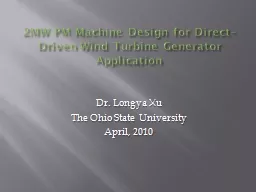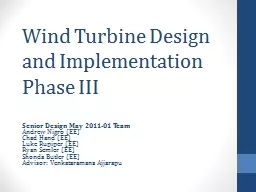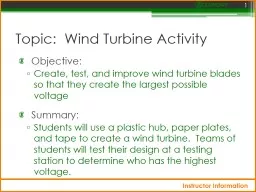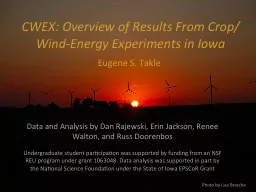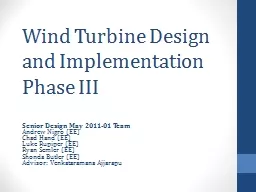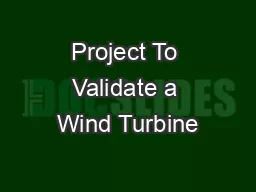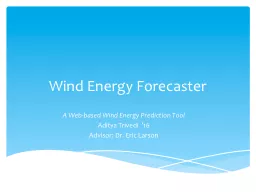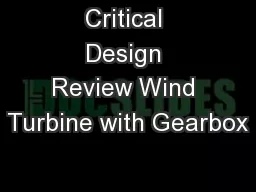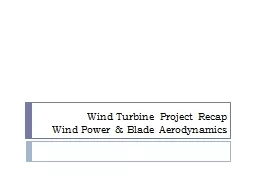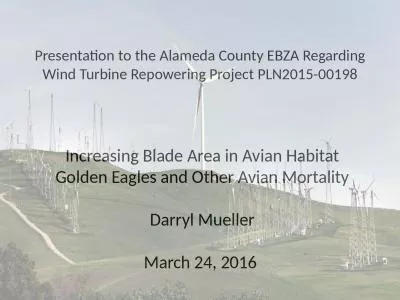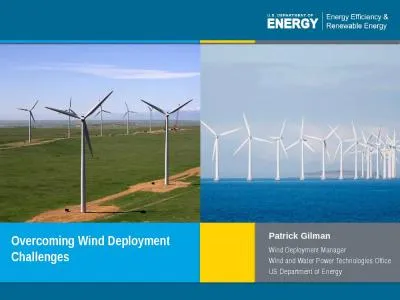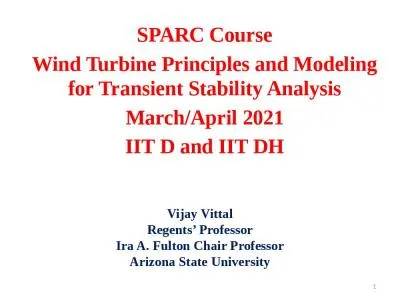PPT-2MW PM Machine Design for Direct–Driven Wind Turbine Gene
Author : karlyn-bohler | Published Date : 2016-07-15
Dr Longya Xu The Ohio State University April 2010 Contents Introduction Major Wind Power System Configurations Challenges to Remain in Power Grid Why PM DirectDriven
Presentation Embed Code
Download Presentation
Download Presentation The PPT/PDF document "2MW PM Machine Design for Direct–Drive..." is the property of its rightful owner. Permission is granted to download and print the materials on this website for personal, non-commercial use only, and to display it on your personal computer provided you do not modify the materials and that you retain all copyright notices contained in the materials. By downloading content from our website, you accept the terms of this agreement.
2MW PM Machine Design for Direct–Driven Wind Turbine Gene: Transcript
Download Rules Of Document
"2MW PM Machine Design for Direct–Driven Wind Turbine Gene"The content belongs to its owner. You may download and print it for personal use, without modification, and keep all copyright notices. By downloading, you agree to these terms.
Related Documents

